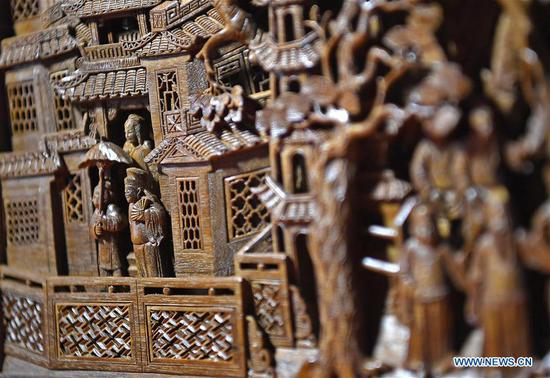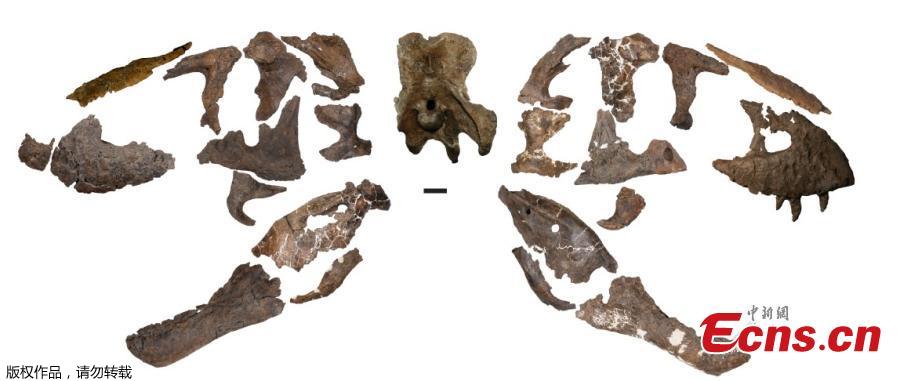
University of Alberta Paleontologists have just reported the world's biggest Tyrannosaurus rex and the largest dinosaur skeleton ever found in Canada. The 13-metre-long T. rex, nicknamed 'Scotty,' lived in prehistoric Saskatchewan 66 million years ago. Scotty has leg bones suggesting a living weight of more than 8,800 kg, making it bigger than all other carnivorous dinosaurs. The skeleton was first discovered in 1991, when paleontologists including T. rex expert and UAlberta professor Phil Currie were called in on the project. But the hard sandstone that encased the bones took more than a decade to remove - only now have scientists been able to study Scotty fully-assembled and realize how unique a dinosaur it is. (Photo/Agencies)
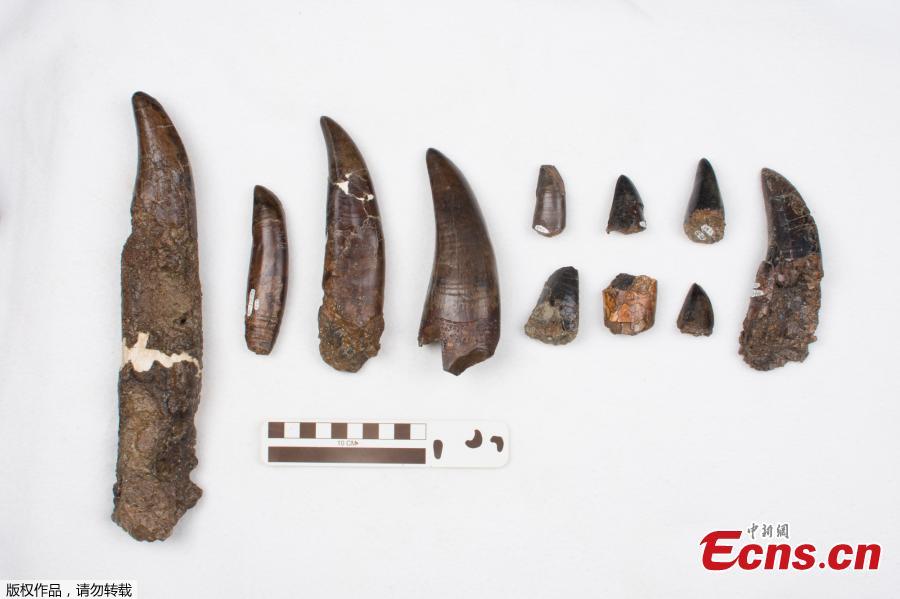
University of Alberta Paleontologists have just reported the world's biggest Tyrannosaurus rex and the largest dinosaur skeleton ever found in Canada. The 13-metre-long T. rex, nicknamed 'Scotty,' lived in prehistoric Saskatchewan 66 million years ago. Scotty has leg bones suggesting a living weight of more than 8,800 kg, making it bigger than all other carnivorous dinosaurs. The skeleton was first discovered in 1991, when paleontologists including T. rex expert and UAlberta professor Phil Currie were called in on the project. But the hard sandstone that encased the bones took more than a decade to remove - only now have scientists been able to study Scotty fully-assembled and realize how unique a dinosaur it is. (Photo/Agencies)
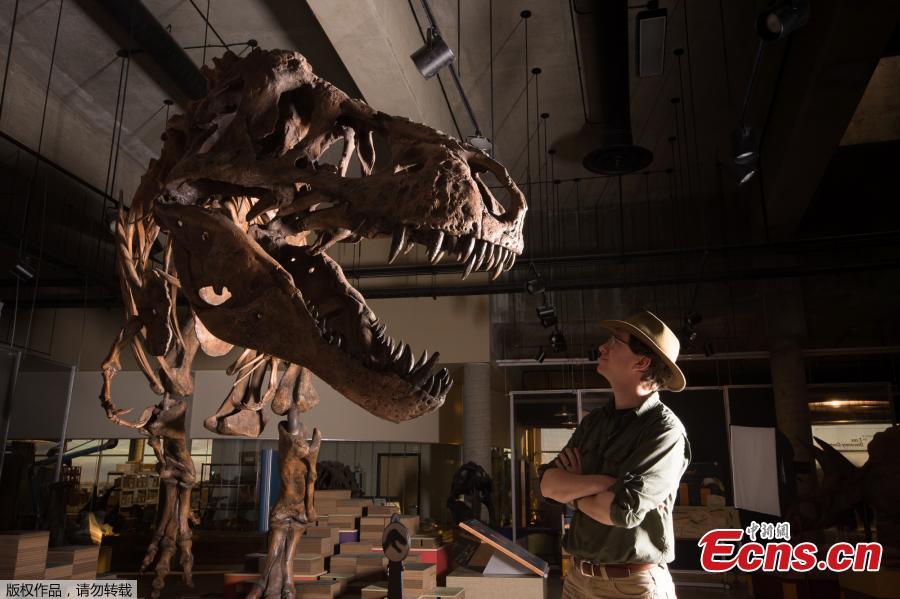
University of Alberta Paleontologists have just reported the world's biggest Tyrannosaurus rex and the largest dinosaur skeleton ever found in Canada. The 13-metre-long T. rex, nicknamed 'Scotty,' lived in prehistoric Saskatchewan 66 million years ago. Scotty has leg bones suggesting a living weight of more than 8,800 kg, making it bigger than all other carnivorous dinosaurs. The skeleton was first discovered in 1991, when paleontologists including T. rex expert and UAlberta professor Phil Currie were called in on the project. But the hard sandstone that encased the bones took more than a decade to remove - only now have scientists been able to study Scotty fully-assembled and realize how unique a dinosaur it is. (Photo/Agencies)
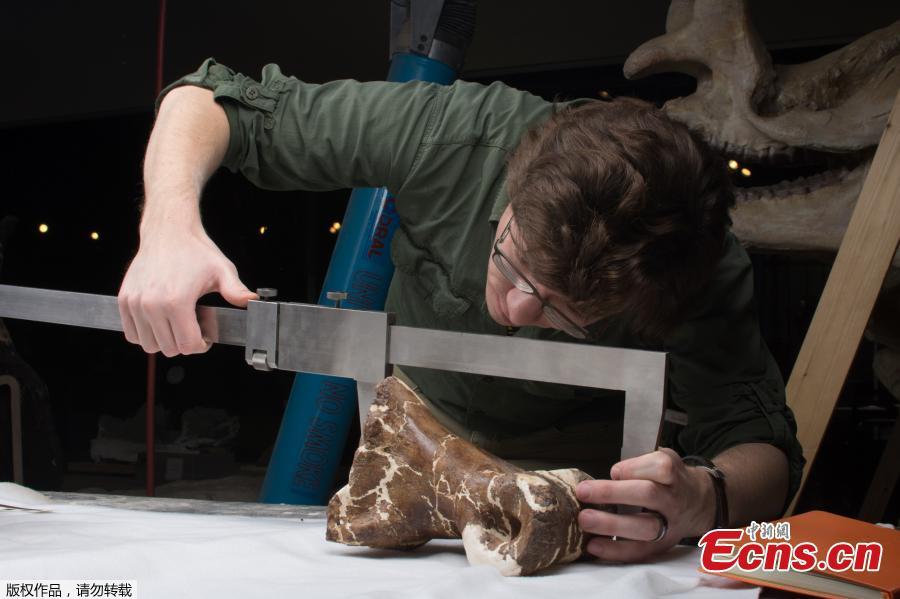
University of Alberta Paleontologists have just reported the world's biggest Tyrannosaurus rex and the largest dinosaur skeleton ever found in Canada. The 13-metre-long T. rex, nicknamed 'Scotty,' lived in prehistoric Saskatchewan 66 million years ago. Scotty has leg bones suggesting a living weight of more than 8,800 kg, making it bigger than all other carnivorous dinosaurs. The skeleton was first discovered in 1991, when paleontologists including T. rex expert and UAlberta professor Phil Currie were called in on the project. But the hard sandstone that encased the bones took more than a decade to remove - only now have scientists been able to study Scotty fully-assembled and realize how unique a dinosaur it is. (Photo/Agencies)
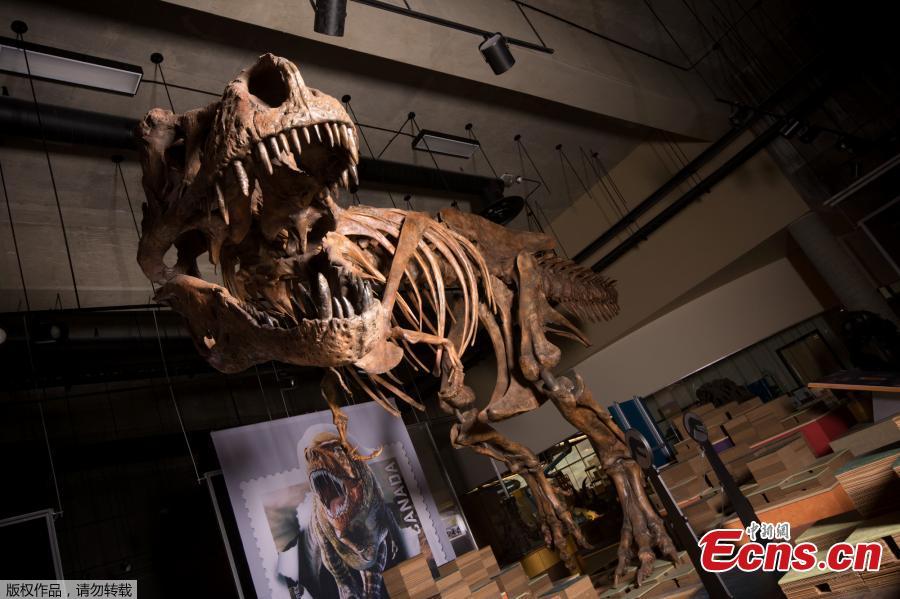
University of Alberta Paleontologists have just reported the world's biggest Tyrannosaurus rex and the largest dinosaur skeleton ever found in Canada. The 13-metre-long T. rex, nicknamed 'Scotty,' lived in prehistoric Saskatchewan 66 million years ago. Scotty has leg bones suggesting a living weight of more than 8,800 kg, making it bigger than all other carnivorous dinosaurs. The skeleton was first discovered in 1991, when paleontologists including T. rex expert and UAlberta professor Phil Currie were called in on the project. But the hard sandstone that encased the bones took more than a decade to remove - only now have scientists been able to study Scotty fully-assembled and realize how unique a dinosaur it is. (Photo/Agencies)

University of Alberta Paleontologists have just reported the world's biggest Tyrannosaurus rex and the largest dinosaur skeleton ever found in Canada. The 13-metre-long T. rex, nicknamed 'Scotty,' lived in prehistoric Saskatchewan 66 million years ago. Scotty has leg bones suggesting a living weight of more than 8,800 kg, making it bigger than all other carnivorous dinosaurs. The skeleton was first discovered in 1991, when paleontologists including T. rex expert and UAlberta professor Phil Currie were called in on the project. But the hard sandstone that encased the bones took more than a decade to remove - only now have scientists been able to study Scotty fully-assembled and realize how unique a dinosaur it is. (Photo/Agencies)














